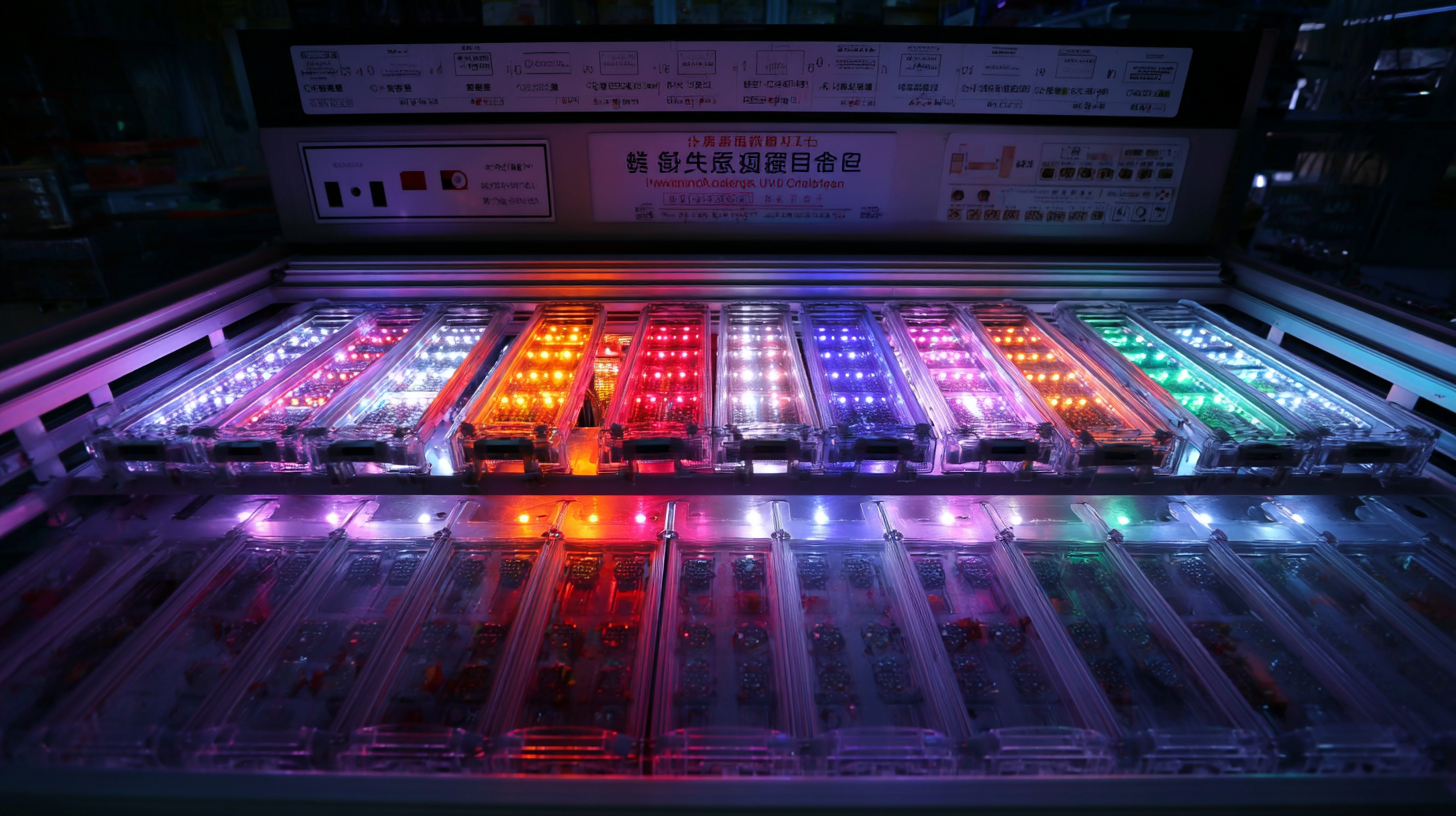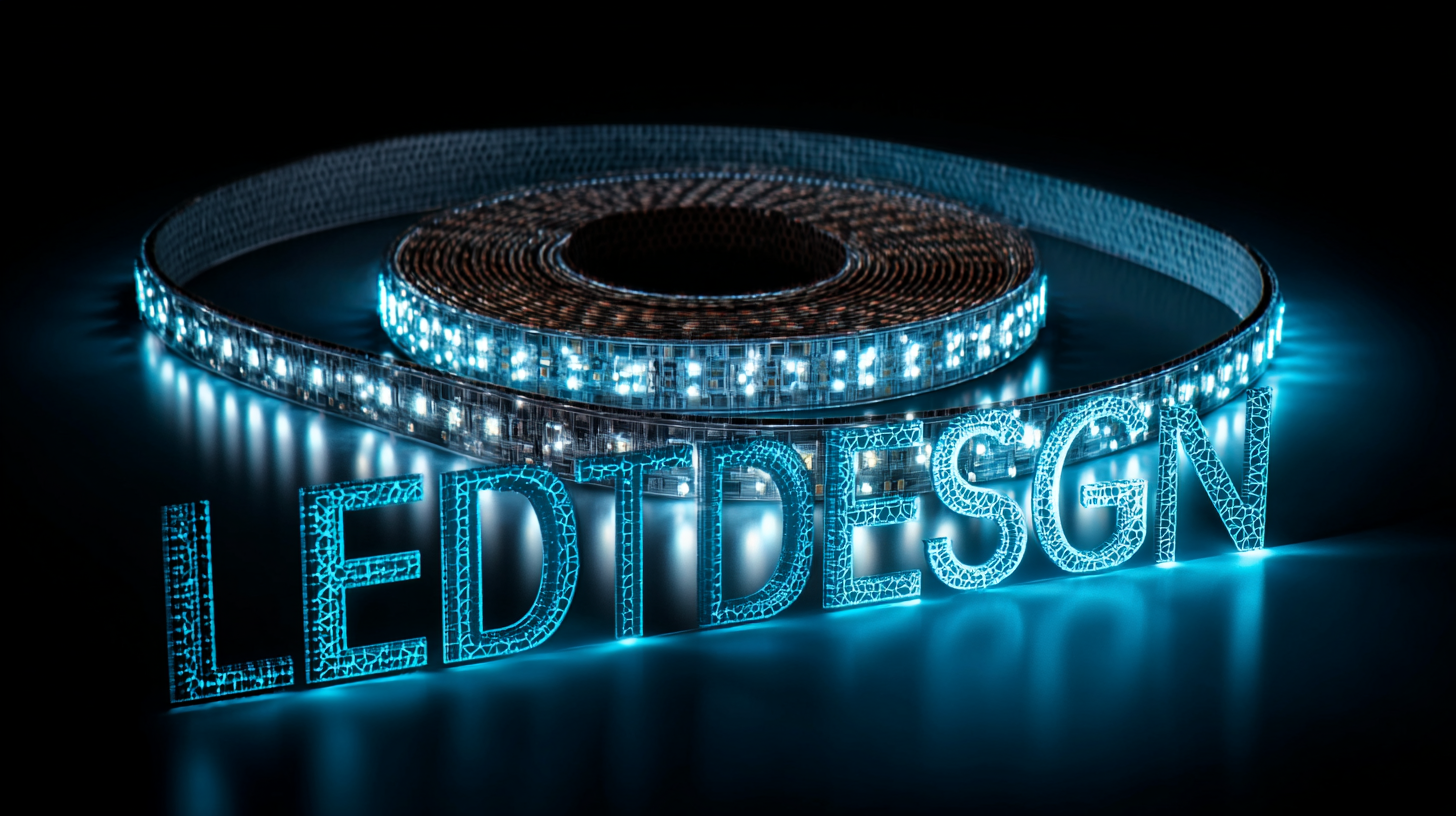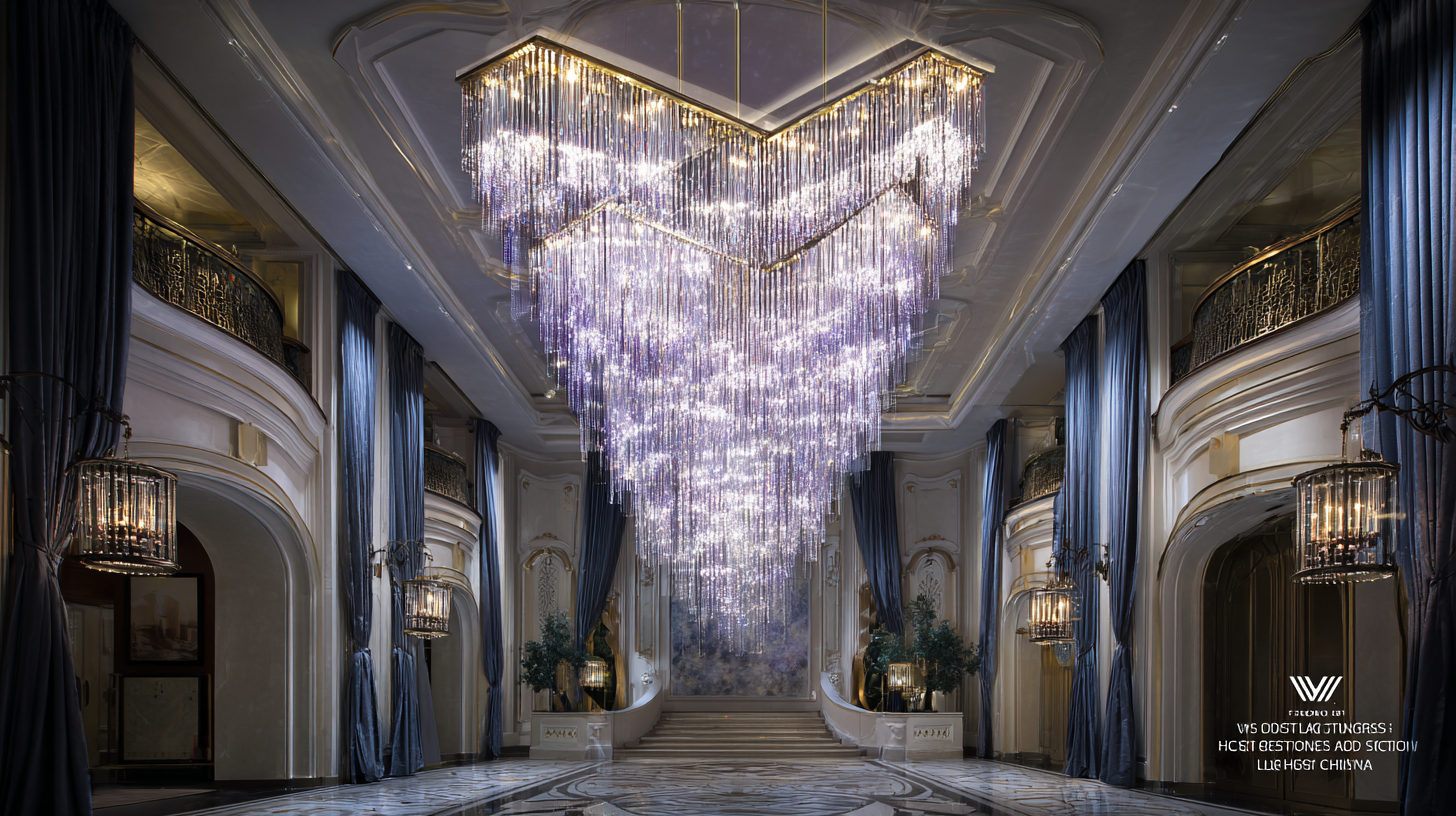Elevating Global Standards through Best Led Light Design Made in China
In recent years, the global demand for energy-efficient lighting solutions has surged, with LED light design at the forefront of this trend. According to a report by MarketsandMarkets, the LED lighting market is projected to reach $105 billion by 2025, driven by its durability and energy savings compared to traditional lighting.
 China's manufacturing prowess has positioned it as a leader in this industry, exporting high-quality LED products worldwide. The phrase “实力工厂,中国制造,出口全球” underscores the strength of Chinese factories in producing top-notch LED lighting solutions that meet international standards. By focusing on best practices in LED light design, manufacturers not only enhance efficiency and performance but also contribute to sustainable development globally, paving the way for a brighter and more energy-conscious future.
China's manufacturing prowess has positioned it as a leader in this industry, exporting high-quality LED products worldwide. The phrase “实力工厂,中国制造,出口全球” underscores the strength of Chinese factories in producing top-notch LED lighting solutions that meet international standards. By focusing on best practices in LED light design, manufacturers not only enhance efficiency and performance but also contribute to sustainable development globally, paving the way for a brighter and more energy-conscious future.
Understanding the Versatility of LED Light Types and Their Applications in Various Industries
LED lighting has revolutionized various industries by providing energy-efficient, long-lasting, and versatile lighting solutions. From residential spaces to industrial applications, the adaptability of LED lights is remarkable. According to a report by the U.S. Department of Energy, LED technology can save up to 75% more energy compared to traditional incandescent bulbs, showcasing its efficiency. In the agricultural sector, LED grow lights have gained popularity for their ability to enhance plant growth by providing optimal light spectrums, which can increase yields significantly—reportedly by up to 30% in certain crops.
When considering different LED light types, users should explore options such as high-bay lights for warehouses, floodlights for outdoor security, and pendant lights for retail spaces. Each type offers distinct benefits tailored to specific application needs. A recent study forecasts that the global LED market will reach $75 billion by 2027, emphasizing the growing demand and versatility of these lighting solutions.
**Tips:**
1. For commercial applications, consider energy audits to analyze which LED solutions can provide the best return on investment.
2. Experiment with different light spectrums when using LEDs in horticulture to find the most effective combinations for your plants.
3. Ensure compatibility of LED fixtures with existing dimmer systems to maximize performance and adaptability in diverse settings.

Key Features of Energy-Efficient LED Designs: Impact on Performance and Sustainability
The transition to energy-efficient LED designs has significantly impacted both performance and sustainability in the lighting industry. According to the International Energy Agency (IEA), LEDs accounted for approximately 50% of the global lighting market by 2020, reflecting their growing acceptance due to efficiency and longevity. Notably, LED lights consume up to 75% less energy compared to traditional incandescent bulbs, drastically reducing greenhouse gas emissions. This shift not only contributes to lower energy bills for consumers but also supports global initiatives to combat climate change.
Moreover, the advancements in LED technology have enhanced their performance characteristics. The Department of Energy (DOE) reported that the efficacy of LED lighting has improved significantly, reaching upwards of 200 lumens per watt in some cases, compared to just 15 lumens per watt for incandescent options. These enhancements, coupled with the design capabilities available through manufacturing in China, pave the way for innovative solutions that cater to diverse lighting needs while prioritizing sustainability. By focusing on energy-efficient designs, manufacturers can ensure that LED products not only meet consumer demands but also contribute positively to our environment.
Global Market Trends: The Rise of Chinese LED Technology in International Standards
The global market is witnessing a remarkable shift as Chinese LED technology rises to prominence, reshaping international standards. This evolution reflects China's commitment to unleashing new quality productive forces, which plays a crucial role in enhancing its manufacturing capabilities and establishing itself as a leader in innovative technology. As trade frictions and restrictions on technology continue to influence the global landscape, China's strategic focus on quality in LED design demonstrates its ambition to not just participate in the market but to elevate it.
To adapt to this growing influence, businesses can consider a few key tips. First, invest in understanding the global trends that are shaping consumer preferences in lighting technology. Recognizing the importance of energy efficiency and durability can help companies align their products with the rising expectations of international consumers. Additionally, fostering collaborations with Chinese tech firms can provide valuable insights into best practices and innovative designs that are becoming the industry standard.
Another vital tip is to stay informed about the impacts of U.S.-China trade dynamics on the technology landscape. Companies should develop adaptable strategies that can navigate the complexities of trade policies while leveraging opportunities in the burgeoning LED market. This adaptable approach can position businesses to thrive amidst the ongoing technological evolution and emerging global standards.
Elevating Global Standards through Best Led Light Design Made in China - Global Market Trends: The Rise of Chinese LED Technology in International Standards
| Country | LED Market Size (USD Billion) | LED Adoption Rate (%) | R&D Investment (USD Million) | Standards Compliance (%) |
|---|---|---|---|---|
| United States | 10.5 | 80 | 500 | 75 |
| Germany | 7.3 | 75 | 300 | 80 |
| China | 15.8 | 90 | 800 | 85 |
| Japan | 6.1 | 70 | 250 | 78 |
How to Choose the Right LED Lighting Solution for Your Specific Needs
Choosing the right LED lighting solution for your specific needs involves careful consideration of various factors. First and foremost, it's essential to assess the purpose of the lighting. Different environments, whether residential, commercial, or industrial, have unique requirements. For instance, a warm, softer light is often ideal for homes to create a cozy atmosphere, while brighter, cooler tones may be more suitable for office settings where focus and productivity are paramount.
Another critical aspect to evaluate is energy efficiency. With the ever-increasing emphasis on sustainability, selecting LED lights that offer high lumens per watt can significantly reduce energy consumption and lower electricity bills. Additionally, understanding the color temperature and color rendering index (CRI) of the lights can help ensure that the lighting not only fits the aesthetic but also enhances the visibility and vibrancy of the space. Taking the time to explore these elements will lead you to the best LED lighting solution that meets both your functional and aesthetic desires.

Innovations in LED Design: Advancements Driving Efficiency and Aesthetic Appeal
The landscape of LED technology has evolved significantly, driven by innovations that enhance both efficiency and aesthetic appeal. According to a report by Research and Markets, the global LED lighting market is projected to reach $136.2 billion by 2026, growing at a CAGR of 13.6% from 2021. This growth is fueled by advancements in design, which offer smarter solutions that blend seamlessly into various environments. For instance, the integration of smart technologies into LED fixtures allows for dynamic lighting control, improving energy management and user experience.
In addition to improvements in energy efficiency—where modern LED designs use up to 75% less energy compared to traditional lighting options—there's a remarkable emphasis on aesthetic sophistication. The recent trends highlight the importance of human-centric lighting, which focuses on the well-being and comfort of individuals in various settings. A report by the International Energy Agency states that incorporating LED technology not only enhances visual comfort but also contributes to productivity levels in workplaces. As manufacturers in China continue to lead the charge with cutting-edge designs, the global standard for LED lighting is being elevated, marrying functionality with striking visual appeal.
 Skip to content
Skip to content